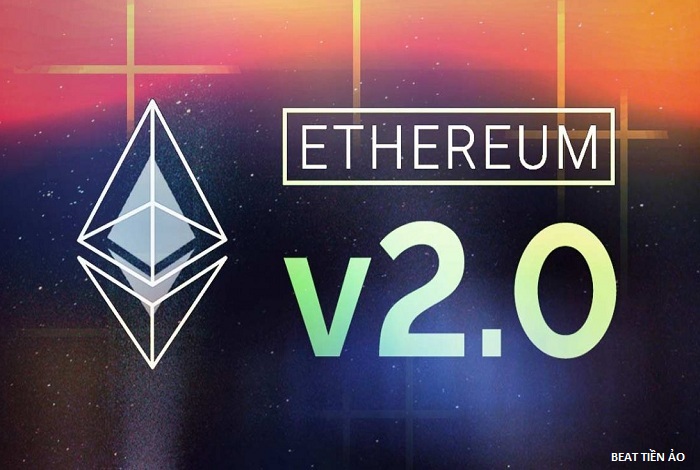Disclosure of expected parameters of Ethereum 2.0 improvement
While specific details about Ethereum 2.0 are only conjectures, there are many sources of information about the future structure of this improvement. Danny Ryan, one of the supporters of this improvement, recently revealed new parameters.

The block size will be greatly increased
From the early days of blockchain, the size of a block was the basis for scaling the network. In the past, many disagreements about block size could be a potential risk for soft and hard forks (such as Bitcoin Cash, Bitcoin Classic, SegWit, etc.). With Ethereum 1.0, block sizes can fluctuate depending on network activity.
However, with Ethereum 2.0, each shard (part of the blockchain) will fix block size. According to the latest proposal, the speed will be 128k instead of 16k as before. This not only increases processing speed, scaling up (currently a block has a size of about 23.9 kB) but also gives the system the flexibility to support side-project. Recent Ethereum network test parameters show a spike in 1 MB / s and an amazing TPS (transactions per second).
Restructuring the Shard system design
Ethereum 2.0 is an upgraded version of Ethereum with the goal of improving speed and scale. This solution includes a sharding model (simply a fraction of the large blockchain network) and can be transformed from a PoW mechanism to a PoS consensus mechanism.

To ensure a speed boost without making the system insecure and become centralized, all shards will be interconnected. This will help the communication process become simpler, while helping the experience of the programmer become better.
In order for this structure to be effective, the number of shards can be reduced from 1024 to 64, with further upgrades planned (expected schedule is 10 years).